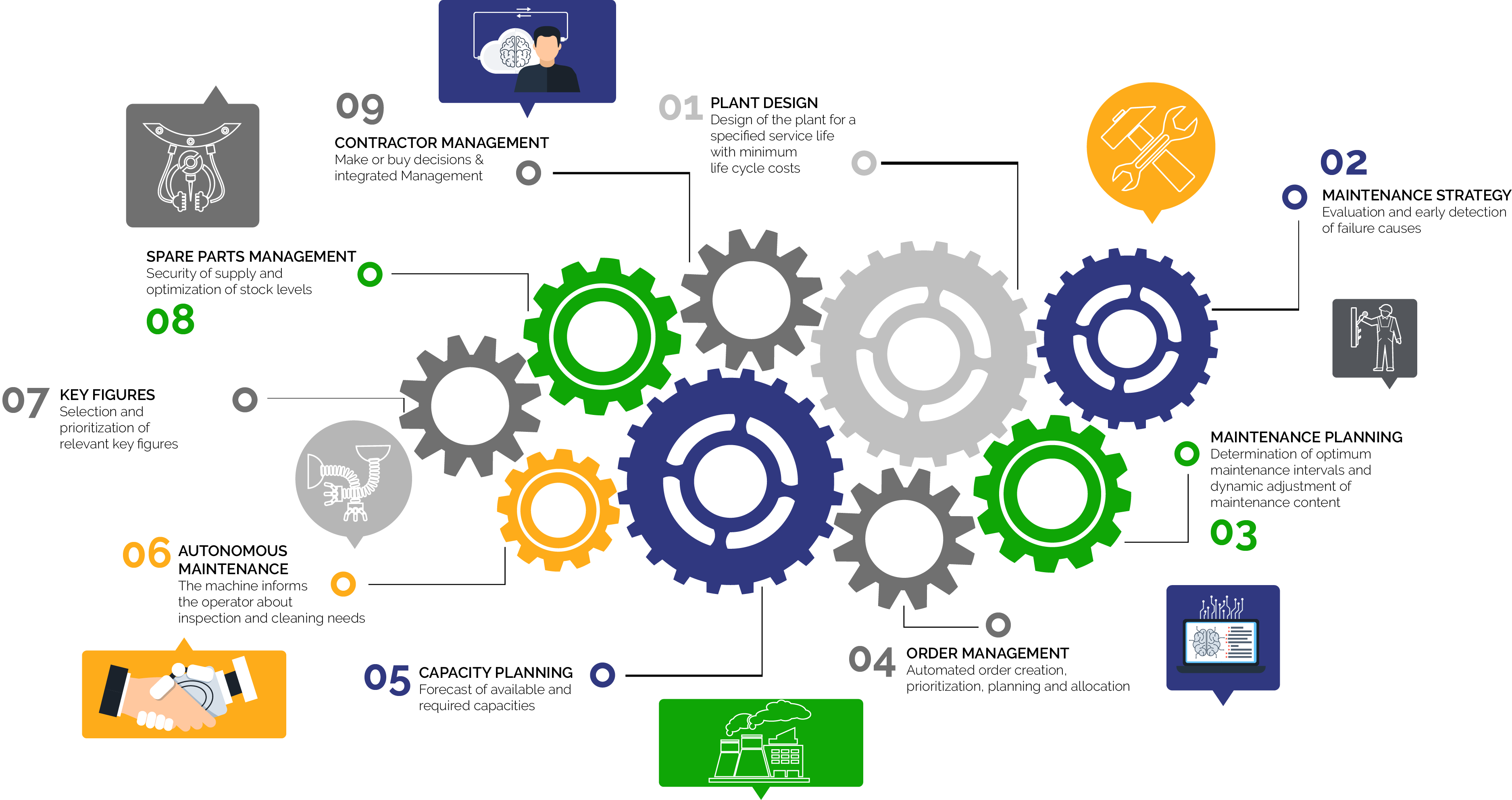How AI mines machine and plant data to reduce maintenance costs
Maintenance in modern industrial production is currently undergoing a transformation driven by technological progress: While the digitalization of maintenance has already been in full swing for several years and poses new challenges for maintenance professionals, artificial intelligence (AI) is just becoming the next defining topic. At the heart of these developments are the new opportunities arising from the increasingly accurate real-time measurement data provided by sensors on machines and equipment. Only companies that use AI to connect and mine this data will be able to manage their assets sustainably and achieve cost reductions that keep them competitive. In the following article, we provide a brief overview of current trends and the future development of AI in maintenance based on ConMoto project experiences.
From correlation to pattern recognition
The technical foundations for further advances in maintenance are in place: Sensor technology and real-time monitoring of relevant parameters are now standard in many industries. In this context detailed sensor data form the basis for any kind of analysis of cause-effect relationships and consequently for pattern recognition by AI systems. Today many plant components are already supplied by the manufacturer with sensors and corresponding software for data evaluation, for example in vibration measurement for early detection of bearing damage. One or a few input parameters are referred to for life prediction of the corresponding component.
However, as soon as the data situation becomes more complex, the existing standard programs and the capabilities of their users quickly reach their limits. Here the world of advanced analytics begins – a collective term for a variety of technologies and methods that allow partially automated evaluation of large quantities of input parameters. These methods are applied in determining maintenance and inspection cycles that are optimal in terms of cost and availability, and in evaluating fault data to identify the causes of errors.
These data analyses are increasingly using neural networks, machine learning applications and other AI technologies. Artificial intelligence is increasingly reliable in recognizing correlations between production, wear and various malfunction parameters, and deriving specific recommendations for action. Based on this evaluation maintenance activities are triggered or adjustments to production sequences and schedules are suggested to reduce wear at critical points in the short term and avoid downtime.
Prescriptive maintenance: The AI acts independently
Prescriptive maintenance systems go even one step further. They intervene independently and continuously in production and maintenance processes. In this way they can incorporate significantly more input parameters into their decisions than a human could even begin to keep track of.
The development path towards prescriptive maintenance

Even if the transitions from correlation analyses to advanced analytics and artificial intelligence are not always clear-cut, the overriding trend is all the clearer: IT is taking on more and more responsibility in production and maintenance, it will become an independent controller in the long term. Almost all areas of maintenance will be enriched by artificial intelligence in the future.

In the future AI simulations will be able to support the design of a plant for a specified service life as early as the plant planning stage. In doing so AI helps to minimize the lifecycle costs of the plant based on sound data analysis. In other areas, such as root cause analysis and early detection of errors, digitization has already been introduced in many companies or is underway in pilot projects. In the future artificial intelligence will translate condition, runtime and production data, which is often already available in abundance, into concrete measures much more effectively.
AI also has a fundamental impact on the work of plant engineers in the development of cost- and availability-optimized maintenance strategies, maintenance intervals and maintenance content. Prescriptive maintenance is already a reality on a small scale. Some individual plants already decide independently and dynamically when which maintenance task is due for them.
Furthermore AI will also digitize and automate the core process of maintenance, order management, to the greatest possible extent. Starting with automated message generation, AI-assisted prioritization, work preparation, capacity and scheduling, and direct assignment of jobs to maintainers and operators, computers are increasingly taking over planning and coordination activities. Success in the areas of key figures, spare parts and external service management is also already mainly dependent on good analysis skills. The more comprehensive the evaluation options, the better the results obtained.
Data quality crucial for success through AI
The successful use of AI systems in maintenance is already possible today. The decisive factor for further progress will be the quality of the data collected and the data preparation. Fault data, downtimes, wear states of components, process and many other parameters are often still recorded too unsystematically. Also, the data storage is too decentralized and not interconnected. In this context a structured database is the decisive success criterion for the use of AI systems. The longer the data history, the larger the data volume, and the better the data quality, the more valid the conclusions tend to be. Therefore the race for the data edge has already begun in the vast majority of industries.
AI applications are key to future efficiency gains and cost reductions in maintenance. Artificial intelligence will revolutionize the way we do maintenance, and much sooner than most think possible. Companies must now rapidly build competencies in advanced analytics and artificial intelligence to maintain their competitive edge for the future. The introduction of artificial intelligence and prescriptive maintenance systems is a process that requires planning and goal orientation. Companies in asset-intensive industries must act now to prepare their businesses for the new maintenance era. You can find out how such projects for the introduction of AI in maintenance can look in practice in the following articles on the ConMoto website in the coming months.



 Deutsch
Deutsch